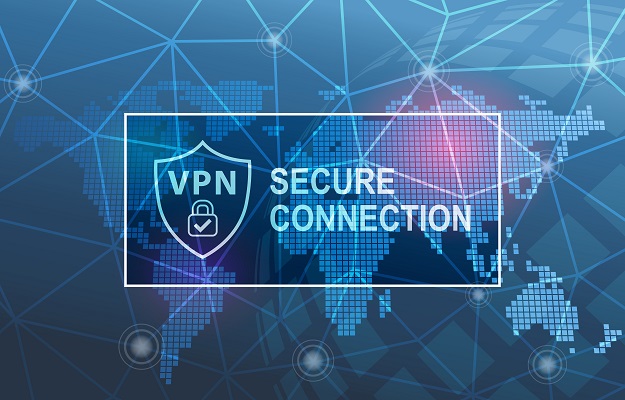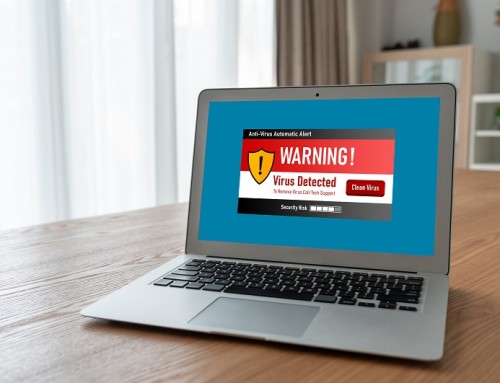Last month we discussed cyber insurance and how valuable it can be for small and midsize businesses. One of the obstacles to implementing cyber insurance is often a requirement for multifactor authentication (MFA) to be used on any remote connections, such as VPN or RDP (remote desktop). Let’s review what MFA does and its benefits, and how it can be applied to remote connections.
With the prevalence of phishing scams today, MFA is becoming more and more popular as a way to secure accounts beyond a simple username/password combination. MFA uses a second form of authentication – such as a code sent via text message, a notification sent to an app, or an automated phone call – to verify the identity of the person logging in. This ensures that a password alone is not enough to hack someone’s account. MFA also provides an additional layer of security logging, as most systems will record the location and device used to complete the MFA request.
MFA for email and sensitive things like bank accounts has been commonplace for some time now, but increasingly we see the requirement for VPN and RDP connections. The process is similar to email – an end user would login to VPN or RDP like normal, but then have to complete a second stage of authentication, such as approving a notification on their phone. This small compromise – slightly lengthening the login process to greatly strengthen security – is well worth it, helping prevent hackers from remotely accessing your business’s network and data.
At Layered Systems, we help small and midsize businesses stay secure in today’s fast-paced world. If your business needs assistance implementing MFA to help protect your assets and fulfill cyber insurance needs, Contact Us today to learn how we can help.







